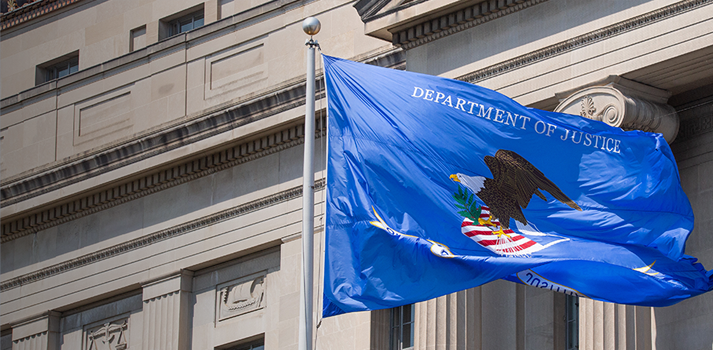- July 19, 2024
Success of Student-Loan Bankruptcy Discharge Process

Office of Public Affairs | U.S. Department of Justice | Press Release
New Data Shows Streamlined Procedure Is Helping Increasing Numbers of Eligible Borrowers
The Justice Department, in close coordination with the Department of Education, announced today the continued and growing success of a process instituted in November 2022 for handling cases in which individuals seek to discharge their federal student loans in bankruptcy. Data and information tracking the effectiveness of the process over the last year and a half demonstrate that it is achieving its goal of providing a more transparent, equitable, and streamlined mechanism for borrowers to request a discharge of their student loans in consumer bankruptcy cases. The process has translated into increasing numbers of eligible federal student loan borrowers seeking and obtaining debt relief under the Bankruptcy Code.
The Departments finalized new guidance in November 2022 that outlined a fairer, more accessible process to ensure consistent treatment of the discharge of federal student loans, reduce the burden on borrowers of pursuing such proceedings, and facilitate identifying cases where discharge is appropriate. At the time, both Departments committed to an ongoing assessment of the guidance’s effectiveness. As part of that commitment, the Justice Department surveyed all 94 U.S. Attorneys’ Offices after the first year of implementation, and it recently repeated its survey to obtain updated information about use of the guidance.
The information that the Departments have collected from these surveys indicates that the new process continues to be a success, and that an increasing number of borrowers are seeking and receiving discharges of their federal student loan debts. In particular, since the process was announced a year and a half ago, the data collected by the departments reveals that:
- As anticipated, case filings have steadily increased as consumers have learned of the new process. A total of 588 new cases were filed from October 2023 to March alone, which is a 36% increase from the prior six-month period. And a total of 1,220 cases were filed from November 2022 through March, a significant increase from recent years. The departments expect this trend to continue.
- The vast majority of borrowers seeking discharge continue to benefit from the guidance. In cases decided by the courts from November 2022 through March, 98% have provided debt relief through full or partial discharge. And the overall number of court judgments providing full or partial discharge have continued to increase, with the number of such judgments over the last six months exceeding the number of judgments for the preceding 12 months.
- Borrowers continue to embrace the new process set forth in the guidance in large numbers. In filed cases, 96% of all borrowers are voluntarily using the streamlined process, which includes a standard attestation form that allows borrowers more easily to identify and provide relevant information in support of their discharge request.
- Multiple bankruptcy courts have adopted procedures recognizing the utility of the new process, aimed at further streamlining the procedures debtors must follow to obtain discharges.
“We are now able to evaluate the success of the student loan bankruptcy discharge guidance with a robust record of empirical information,” said Acting Associate Attorney General Benjamin C. Mizer. “The results are clear: this guidance has helped make the promise of a fresh start in bankruptcy a meaningful option for individuals weighed down by student loan debt.”
“Our clear, fair, and practical standards are helping struggling borrowers find relief that was previously out of reach,” said U.S. Under Secretary of Education James Kvaal. “This data should puncture the myth that struggling borrowers cannot discharge their student loan debt through bankruptcy. We will continue to work with our partners at the Department of Justice to make it simpler and easier for borrowers to get much-needed relief in the way it was intended.”
In addition to the internal data surveys, the Justice Department has taken other measures to support and evaluate the new guidance. The Justice Department has been consulting closely with the Department of Education on the process. Since the implementation of the guidance, a dedicated group of experts within the Justice Department’s Civil Division also has collected input on the new process from consumer law groups, including the National Association of Consumer Bankruptcy Attorneys. Finally, the Civil Division has conducted trainings for Justice Department attorneys as well as members of the public, including training events supported by regional bar associations and the courts. The Department of Education also participated in training events hosted by regional bar associations, the American Bankruptcy Institute and U.S. Trustee Program, as well as at the annual meeting of the National Association of Chapter 13 Trustees, which included private attorneys as well as Chapter 13 trustees.
The Departments will continue to monitor the impact of the guidance to ensure that it is appropriately implemented and meets the goals it was designed to achieve.

